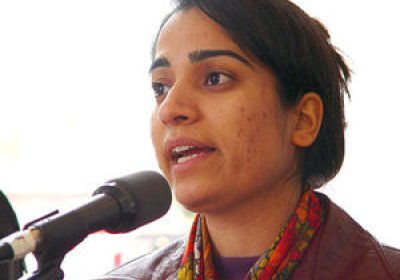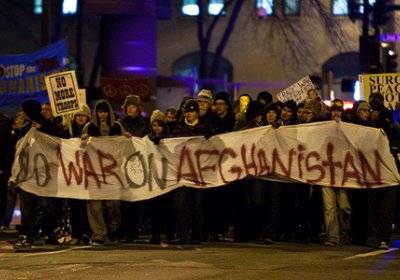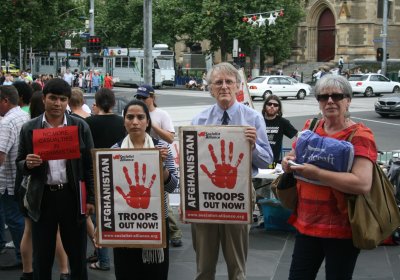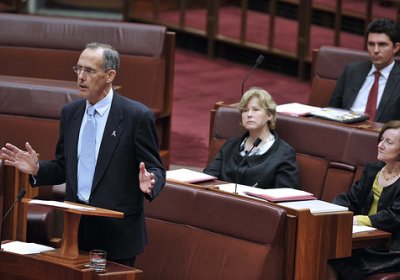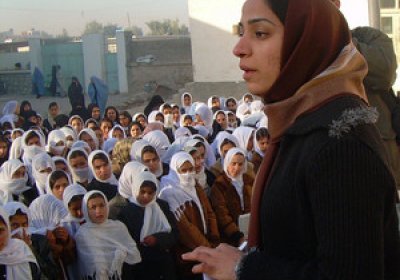Afghanistan
Malalai Joya is an Afghan feminist and anti-war activist who opposes the US-led occupation of her country. An opponent of both the Islamic fundamentalist Taliban and the equally fundamentalist and corrupt warlords in the US-backed regime of President Hamid Karzai, Joya was the youngest member elected to Afghan parliament in 2005.
Republicans are trumpeting their big gains in the November 2 midterm elections as a mandate to turn the country sharply to the right. Don’t buy it. Mainstream media commentary on the election was largely set before a single vote was cast. Voters would correct President Barack Obama’s supposed leftward course in his first two years in office by sending a cabal of right-wingers to Congress. The scale of the Republican victories — especially in House of Representative races, where the party now holds a comfortable majority — cemented the media’s impressions.
Greens federal parliamentary leader Senator Bob Brown spoke in the parliamentary debate on the Australian military intervention in Afghanistan on October 25.
The Illawarra's peak union body, the South Coast Labour Council (SCLC), has called on the Australian government to pull troops out of Afghanistan and pursue an independent foreign policy.
Malalai Joya, now 32, was the youngest woman elected to the Afghan Parliament in 2005. A feminist activist who has defied the Taliban, Joya is also an outspoken opponent of the US/NATO occupation of Afghanistan.
- Previous page
- Page 12
- Next page
